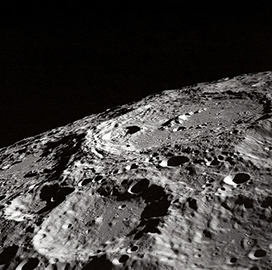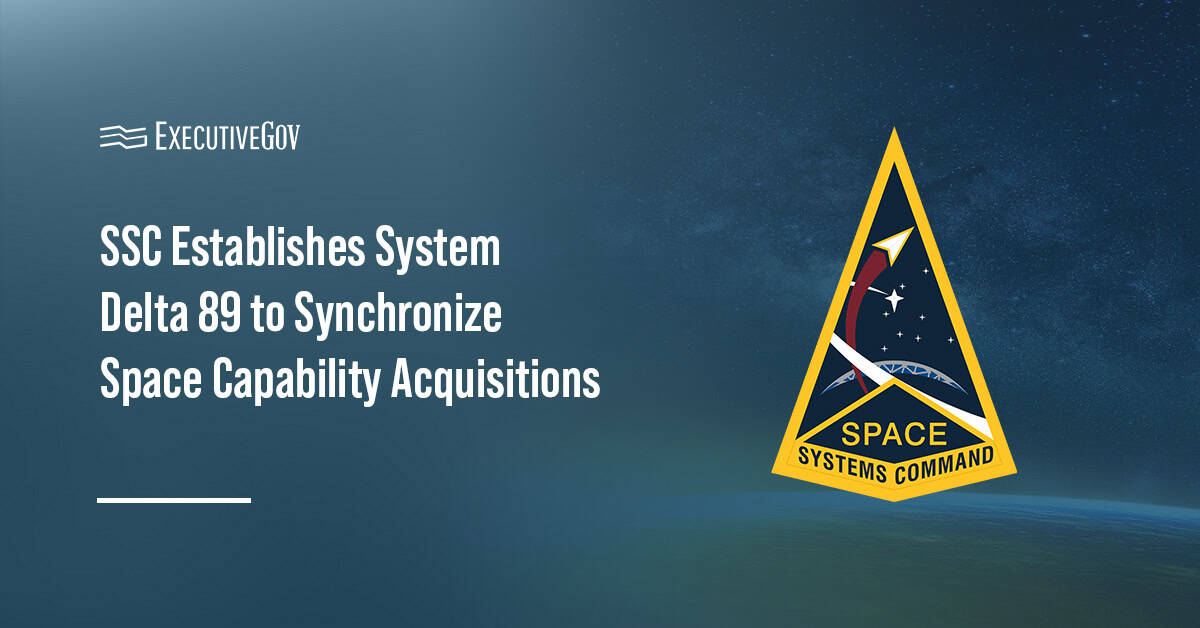NASA has selected the first three lunar instruments to deploy to the moon during the Artemis III mission to collect data about the lunar environment and the moon’s interior and gather information on how to sustain long-term human presence on the moon.
The instruments are expected to launch in 2026 as part of the first crewed moon landing mission of NASA’s Artemis program to help scientists understand planetary processes, investigate and mitigate lunar exploration risks and understand the character and origin of lunar polar volatiles, NASA said Tuesday.
A compact, autonomous seismometer suite called the Lunar Environment Monitoring Station, or LEMS, will fly on the Artemis III mission to demonstrate continuous, long-term monitoring of the seismic environment in the lunar south polar region.
LEMS will characterize the regional structure of the moon’s crust and mantle to inform the development of lunar formation and evolution models.
Another instrument selected for Artemis III is Lunar Effects on Agricultural Flora, a.k.a. LEAF, which will investigate the impact of the lunar surface environment on space crops.
The third instrument is the Lunar Dielectric Analyzer, or LDA, an internationally contributed payload that will measure the regolith’s ability to propagate an electric field.
“With these innovative instruments stationed on the Moon’s surface, we’re embarking on a transformative journey that will kick-start the ability to conduct human-machine teaming – an entirely new way of doing science,” said Pam Melroy, deputy administrator of NASA.





